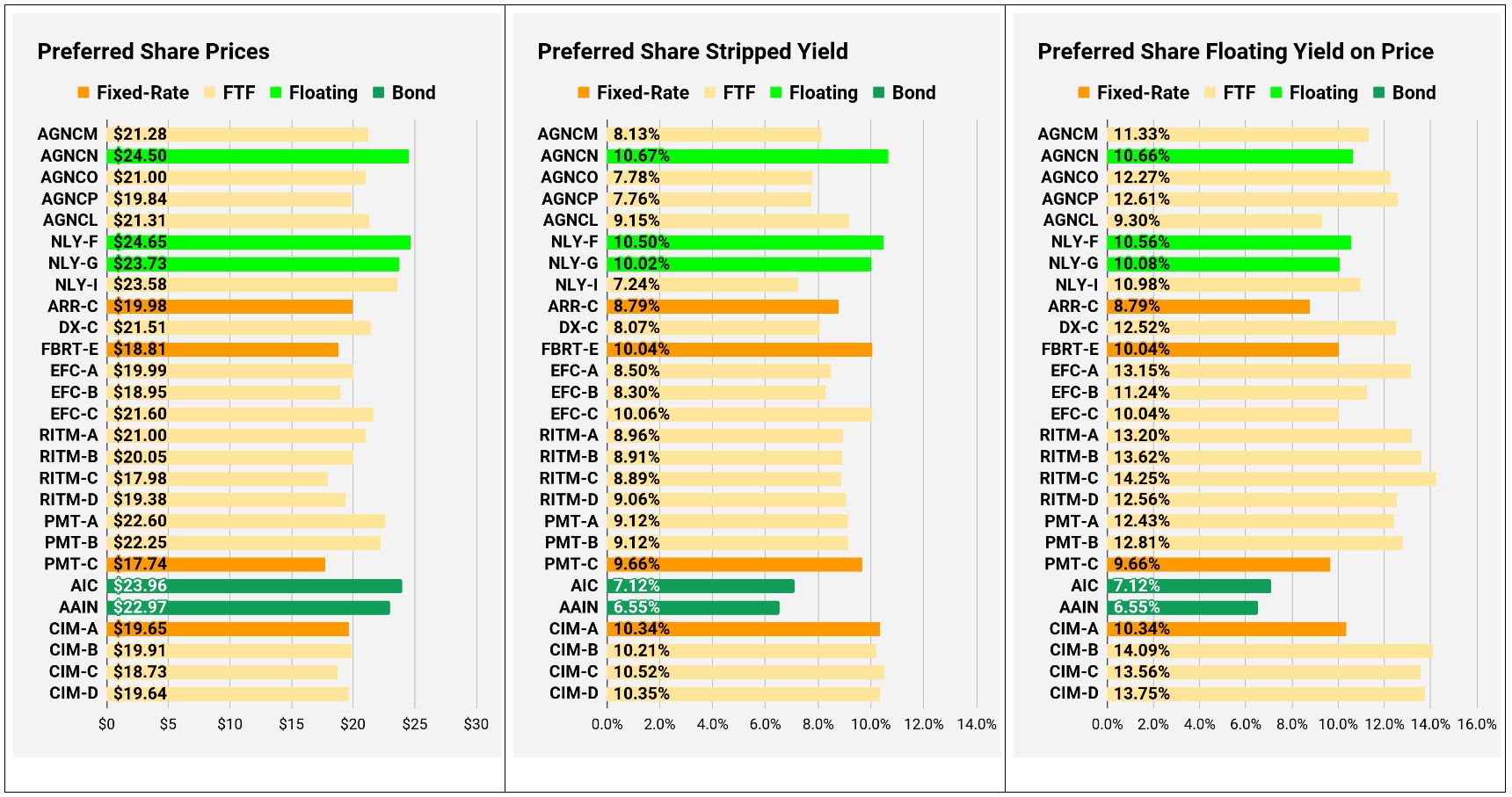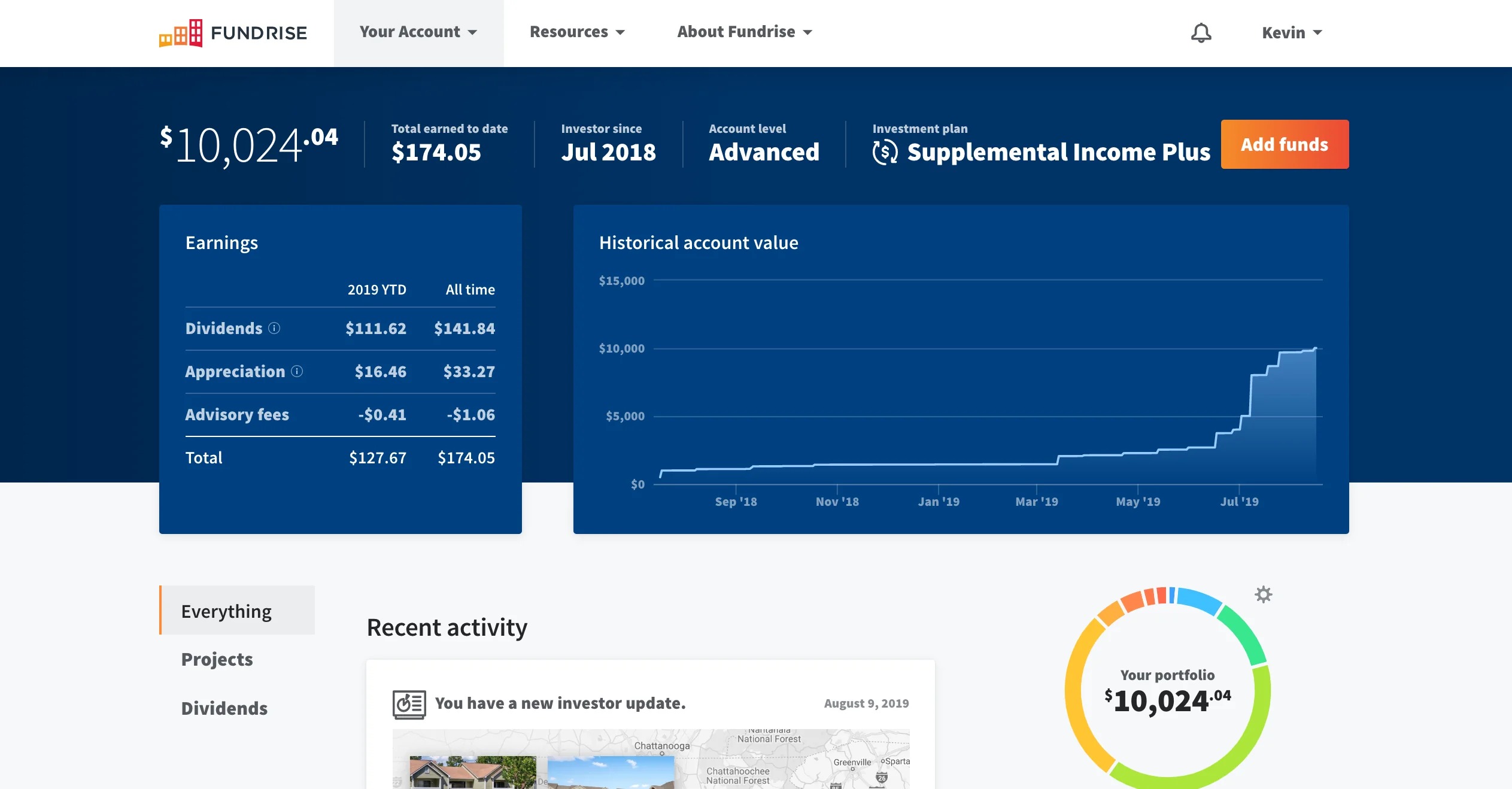

Finance
How Often Does UPS Pay Dividends?
Published: January 3, 2024
UPS pays dividends regularly in finance. Find out how often UPS pays dividends and how it can benefit your investments.
(Many of the links in this article redirect to a specific reviewed product. Your purchase of these products through affiliate links helps to generate commission for LiveWell, at no extra cost. Learn more)
Table of Contents
Introduction
Dividends are a key aspect of investing that allows shareholders to participate in the profits earned by a company. Dividend payments are a way for companies to distribute a portion of their earnings to their shareholders as a reward for their investment and loyalty. For investors, dividends can provide a steady source of income and serve as an indicator of a company’s financial health and stability.
In this article, we will explore how often UPS pays dividends. UPS, or United Parcel Service, is a global logistics and package delivery company that has a long history of consistent dividend payments. By examining the frequency of UPS dividend payments, we can gain insight into the company’s financial performance and its commitment to returning value to its shareholders.
Additionally, we will discuss the factors that affect dividend payments, such as the company’s profitability, cash flow, and overall market conditions. Understanding these factors can assist investors in assessing the sustainability of dividend payments and making informed decisions about their investment strategies.
By delving into UPS’s dividend history and analyzing its financial performance, we can paint a comprehensive picture of how often UPS pays dividends and what factors impact those payments. So, let’s explore the world of dividends and dive into the specifics of UPS’s dividend payment schedule.
Understanding Dividends
Before diving into the specifics of UPS’s dividend payments, it’s important to understand the concept of dividends and their significance for investors. Dividends are a portion of a company’s profits that are distributed to its shareholders. This distribution is usually in the form of cash, but it can also be in the form of additional shares or other assets.
Dividends can be seen as a way for companies to share their success with their shareholders. When a company generates profits, it has the option to reinvest those profits back into the business for growth and expansion or distribute them as dividends. By distributing dividends, companies reward their shareholders for their investment and provide them with a direct and tangible return.
For investors, dividends can serve several purposes. They can provide a steady stream of income, especially for those who rely on their investments as a source of retirement income. Dividends can also be an indicator of a company’s financial strength and stability. A company that consistently pays dividends, even during challenging economic times, can be seen as a sign of confidence in its ability to generate profits.
Dividends can also affect the overall return on investment for shareholders. The total return on an investment is not solely determined by stock price appreciation but also by the dividends received. This is particularly important for long-term investors who prioritize capital preservation and income generation.
It’s worth noting that not all companies pay dividends. Some companies, especially those in the technology or biotech sectors, may reinvest their earnings back into research and development or other growth initiatives rather than distributing them as dividends. In these cases, investors may rely on potential future stock price appreciation as the primary source of return.
Now that we have a basic understanding of dividends and their importance, let’s explore how often UPS pays dividends and what factors influence those payments.
Overview of UPS
United Parcel Service, commonly known as UPS, is a global logistics and package delivery company headquartered in Atlanta, Georgia. With a history dating back more than a century, UPS has established itself as a leader in the industry, providing a wide range of services including package delivery, freight transportation, and supply chain management.
UPS operates in more than 220 countries and territories worldwide, serving millions of customers and delivering billions of packages each year. The company’s iconic brown trucks and uniforms have become synonymous with reliable and efficient package delivery.
As a global industry leader, UPS has built a reputation for its reliable and efficient delivery network. The company utilizes advanced technology and logistics solutions to streamline operations and ensure timely deliveries. This commitment to operational excellence has earned UPS the trust of businesses and consumers around the world.
In addition to its package delivery services, UPS also offers a range of specialized services tailored to various industries. These services include healthcare logistics, e-commerce solutions, freight forwarding, and customs brokerage. By providing comprehensive logistics solutions, UPS helps businesses optimize their supply chains and streamline their operations.
UPS’s commitment to sustainability is another notable aspect of the company. It has implemented various initiatives to reduce its carbon footprint and minimize the environmental impact of its operations. These initiatives include using alternative fuel vehicles, implementing energy-efficient practices, and investing in renewable energy sources.
Overall, UPS’s extensive global network, dedication to operational excellence, and commitment to sustainability have positioned it as a leader in the logistics and package delivery industry. Now, let’s delve into UPS’s dividend history to understand how often the company pays dividends to its shareholders.
UPS Dividend History
UPS has a long history of consistently paying dividends to its shareholders. The company’s commitment to returning value to its investors is evident through its track record of reliable dividend payments. Let’s take a closer look at UPS’s dividend history.
UPS first started paying dividends in 1955, and since then, it has continued to increase dividends to its shareholders on a regular basis. Over the years, UPS has demonstrated a strong commitment to providing shareholders with a predictable and growing dividend income.
One notable aspect of UPS’s dividend history is its consistency. Despite various economic cycles and market challenges, UPS has managed to maintain a steady dividend payment without interrupting or reducing the amount distributed to shareholders. This reflects the company’s financial strength and its ability to generate consistent cash flows.
Another key aspect of UPS’s dividend history is its growth over time. As the company has expanded its operations and increased its profitability, it has also raised its dividend payments to shareholders. This demonstrates UPS’s commitment to delivering increasing value to its investors and rewarding them for their long-term commitment to the company.
Furthermore, UPS has a strong dividend payout ratio, which represents the percentage of earnings that is paid out as dividends. A higher payout ratio indicates that a larger portion of the company’s profits is returned to shareholders. UPS’s consistent dividend payments and its favorable payout ratio showcase its dedication to providing shareholders with meaningful returns on their investments.
Overall, UPS’s dividend history reflects its focus on delivering value to its shareholders. The company’s track record of consistent and growing dividend payments showcases its financial stability, profitability, and commitment to rewarding investors.
Now that we understand UPS’s dividend history, let’s explore how often the company makes dividend payments to its shareholders.
Frequency of UPS Dividend Payments
UPS is known for its reliable and consistent dividend payments, which have been a key factor in attracting investors and maintaining shareholder loyalty. So, how often does UPS make dividend payments?
UPS currently pays dividends on a quarterly basis. This means that the company distributes its dividend payments four times a year, with approximately three months between each payment. This frequent payout schedule allows shareholders to receive a steady stream of income throughout the year.
The specific dates for UPS’s dividend payments may vary from year to year, as they are determined by the company’s dividend declaration and record dates. These dates are typically announced by UPS alongside its financial reports or through other official communications.
It’s worth noting that the exact amount of dividend payments can also vary from quarter to quarter, depending on various factors such as the company’s financial performance, cash flow, and overall market conditions. UPS’s dividend payments are typically declared in advance, allowing investors to plan and anticipate the income they will receive.
In addition to the regular quarterly dividend payments, UPS has occasionally declared special dividends. These special dividends are one-time payments that can be issued in addition to the regular dividend schedule. Special dividends are usually announced by companies when they have excess cash or when they want to distribute additional funds to shareholders.
By paying dividends on a quarterly basis, UPS provides shareholders with a regular income stream and a tangible return on their investment. This consistent dividend schedule, along with UPS’s history of reliable payments, reinforces the company’s commitment to its shareholders and reflects its financial stability and profitability.
Now that we understand the frequency of UPS’s dividend payments, let’s explore the factors that can influence these dividend payments.
Factors Affecting Dividend Payments
There are several factors that can influence the dividend payments made by UPS. These factors help determine the amount and frequency of the dividends distributed to shareholders. Let’s explore the key factors that affect UPS’s dividend payments.
1. Financial Performance: The most significant factor influencing dividend payments is the financial performance of the company. UPS’s profitability, revenue growth, cash flow, and earnings play a crucial role in determining the company’s ability to generate sufficient funds to distribute as dividends. A strong financial performance is generally indicative of a higher likelihood of increased dividend payments.
2. Cash Flow: The availability of cash flow is another crucial factor in determining dividend payments. UPS needs to have a consistent and sufficient cash flow to meet its operational and capital expenditure requirements while also having surplus funds to allocate as dividends. A healthy cash flow is essential to sustain regular dividend payments.
3. Company Expansion and Investment Opportunities: UPS may choose to retain earnings to fund future growth initiatives or invest in new ventures. This could influence the dividend payments as the company prioritizes reinvesting profits for expansion over distributing them as dividends to shareholders. Strategic investment decisions can impact the timing and amount of dividends paid.
4. Market Conditions: The overall market conditions, including economic cycles and industry trends, can impact dividend payments. During periods of economic downturn or uncertainty, companies may opt to reduce or suspend dividend payments to conserve cash. Conversely, in favorable market conditions, companies may increase dividend payments to attract and retain investors.
5. Corporate Policies: Each company establishes its own dividend policy, which includes guidelines on dividend payments. UPS, like other companies, considers factors such as target payout ratios and dividend growth rates when determining the amount and frequency of dividends. The company’s dividend policy reflects its goals, financial objectives, and long-term sustainability.
It’s important to note that dividend payments are not guaranteed, and they can fluctuate over time based on these influencing factors. UPS, like any other company, needs to strike a balance between rewarding shareholders through dividends and reinvesting profits for future growth and stability.
By considering these factors, investors can assess the sustainability and reliability of dividend payments and make informed decisions about their investment strategies.
Now, let’s take a look at how UPS’s financial performance relates to its dividend payments.
Financial Performance and Dividend Payments
The financial performance of UPS plays a crucial role in determining the amount and sustainability of its dividend payments. Strong financial performance is generally indicative of a company’s ability to generate profits and maintain consistent dividend payments. Let’s explore how UPS’s financial performance relates to its dividend payments.
One key financial metric that influences dividend payments is profitability. UPS’s net income, which represents its earnings after deducting expenses, is a critical factor in determining the funds available for dividend distribution. A higher net income indicates that UPS is generating sufficient profits to allocate towards dividends.
Cash flow is another essential component of UPS’s financial performance. Positive cash flow is necessary to sustain dividend payments. It reflects the company’s ability to generate cash from its operations and maintain a healthy balance between cash inflows and outflows. A strong cash flow ensures that UPS has the necessary funds to distribute as dividends without compromising its operational stability.
Revenue growth is also a crucial aspect of UPS’s financial performance. Steady revenue growth indicates a growing customer base and increasing demand for the company’s services. This growth can contribute to a higher net income, providing UPS with more flexibility in distributing dividends. On the other hand, a decline in revenue growth may lead to more conservative dividend payments.
Additionally, UPS’s financial stability is a determining factor in its dividend payments. The company’s ability to manage its debt levels, maintain adequate liquidity, and navigate economic fluctuations affects its capacity to sustain dividend payments. A strong balance sheet and conservative financial practices provide UPS with the stability necessary to ensure reliable and consistent dividend payments.
It’s worth noting that UPS, like other companies, must strike a balance in allocating its funds between dividend payments and reinvesting in the business. Investments in technology, infrastructure, and expansion initiatives are essential for the company’s long-term growth. Therefore, UPS considers both its financial performance and its strategic objectives when determining the amount and frequency of dividends.
Overall, UPS’s financial performance is closely linked to its dividend payments. A profitable and financially stable company is more likely to sustain regular dividend payments and potentially increase them over time. By analyzing UPS’s financial reports and understanding the company’s financial health, investors can gain insights into the sustainability of its dividend payments and make informed investment decisions.
Now, let’s conclude our exploration of UPS’s dividend payments.
Conclusion
In conclusion, UPS has established itself as a leading global logistics and package delivery company with a long history of consistent dividend payments. Dividends are an important aspect of investing as they allow shareholders to benefit from a company’s profits and provide a tangible return on their investment.
UPS pays dividends on a quarterly basis, providing shareholders with a regular income stream throughout the year. The frequency and reliability of these dividend payments reflect UPS’s financial stability and commitment to returning value to its investors.
Several factors influence UPS’s dividend payments. The company’s financial performance, including profitability, cash flow, and revenue growth, plays a significant role in determining the amount and sustainability of dividend payments. Additionally, market conditions, corporate policies, and investment opportunities also influence dividend payments.
UPS’s strong financial performance, including profitability, cash flow, and revenue growth, contributes to the company’s ability to sustain regular dividend payments. However, it’s important to note that dividend payments are not guaranteed and can vary depending on various factors.
By analyzing UPS’s dividend history and understanding the factors that impact dividend payments, investors can make informed decisions about their investment strategies. UPS’s reliable track record of dividend payments, coupled with its financial stability and commitment to shareholder value, makes it an attractive choice for income-focused investors.
Ultimately, with its global presence, operational excellence, and sustainability initiatives, UPS continues to be a prominent player in the logistics and package delivery industry. Its consistent dividend payments reflect its dedication to rewarding shareholders and maintaining its strong position in the market.
In summary, understanding how often UPS pays dividends and the factors influencing those payments provides investors with valuable insights for assessing the company’s financial health and evaluating the potential returns on their investments.














